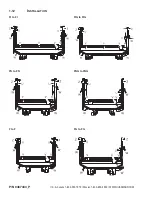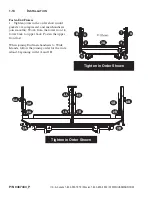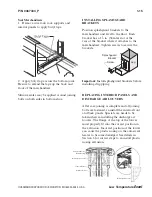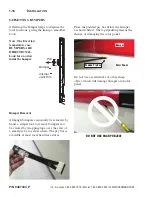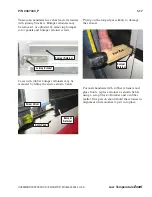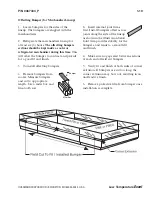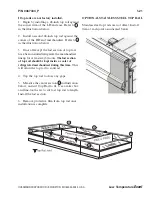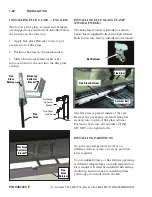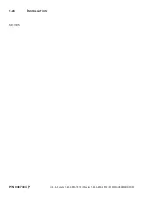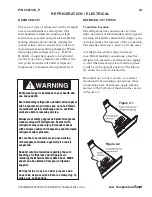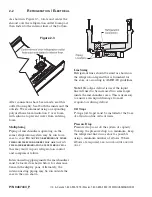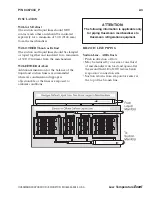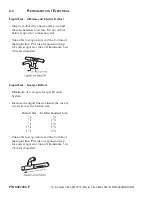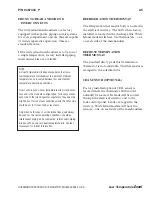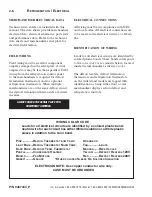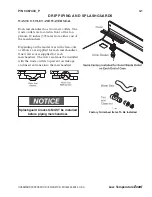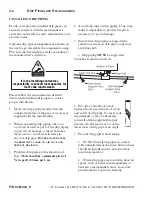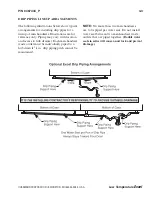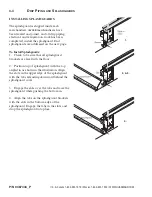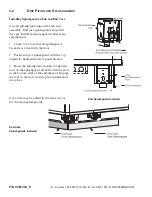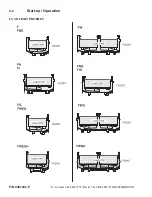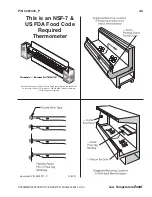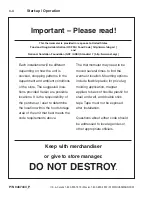
Low Temperature
Excel
P/N 0467434_P
2-1
HUSSMANN CORPORATION • BRIDGETON, MO 63044-2483 U.S.A.
REFRIGERANT
The correct type of refrigerant will be stamped
on each merchandiser’s serial plate. The
merchandiser refrigeration piping is leak
tested, factory sealed and pressurized. Before
making refrigeration hookups, depress the
universal line valve to ensure that coils have
maintained pressure during shipment. When
using high glide refrigerants (e.g., R-407A,
R-448A), if superheat needs to be adjusted,
use the evaporator pressure and subtract the
dew point from the coil outlet refrigerant
temperature to measure the superheat level.
REFRIGERANT PIPING
Connection Location
The refrigerant line connections are at the
right- hand end of merchandiser (end opposite
the main serial plate) beneath the display pans.
A sticker marks the location of the connection.
The installer must saw a hole to exit the cases.
A refrigeration shroud ships with each
case. Before making connections, place the
refrigeration shroud over refrigeration piping
so that when the shroud is rotated into place,
it will be in the upright position. The Figure
2-1 shows the correct orientation.
Be careful not to burn, scorch or overheat
the shroud when making connections. Once
connections have been made, apply silicone
sealant to the bottom of the shroud as shown
in Figure 2-2.
REFRIGERATION / ELECTRICAL
Figure 2-2
Refrigerant vapor is hazardous to your health and
can cause death.
Avoid breathing refrigerant and lubrication vapor or
mist. Exposure may irritate eyes, nose and throat.
If accidental system discharge occurs, ventilate
work area before resuming service.
Always wear safety goggles and protective gloves
when working with refrigerants. Contact with
refrigerant may cause injury. Disconnect hoses
with extreme caution! All hoses may contain liquid
refrigerant under pressure.
Be sure that any room where you are working
is thoroughly ventilated, especially if a leak is
suspected.
Read all safety information regarding the safe
handling of refrigerant and refrigerant oil,
including the Material Safety Data Sheet. MSDS
sheets can be obtained from your refrigerant
supplier.
Refrigeration lines are under pressure and
should be depressurized before attempting to
make any connections.
Figure 2-1


